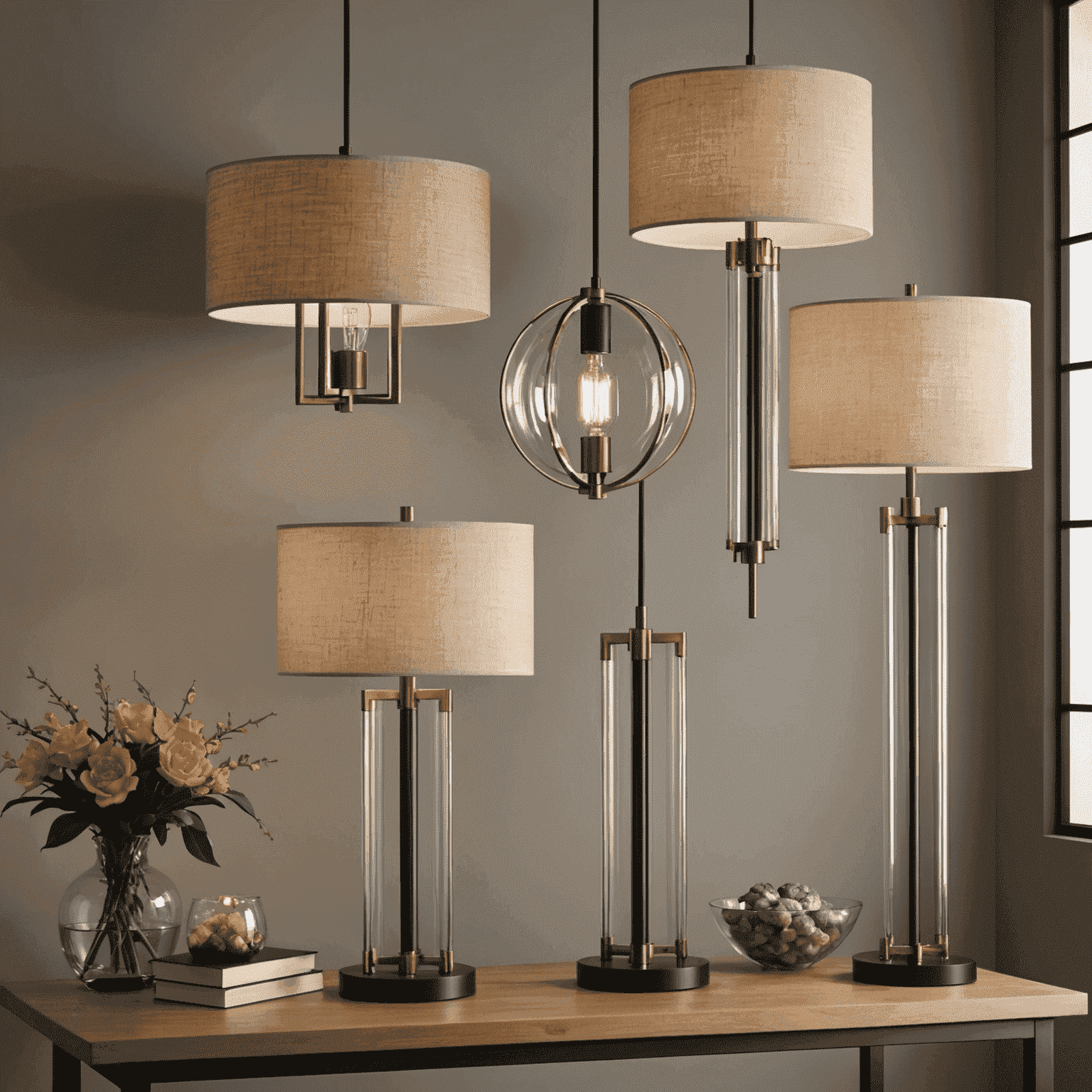Residential Lighting Design
Create a cohesive and inviting atmosphere in your home with expert lighting design tips. Learn how to layer different types of lighting and select fixtures that complement your interior style.
The Art of Layering Light
Effective residential lighting design involves combining three key layers:
- Ambient lighting: The overall illumination of a room
- Task lighting: Focused light for specific activities
- Accent lighting: Highlighting architectural features or decor
By thoughtfully integrating these layers, you can create a versatile and inviting space that adapts to various moods and functions throughout the day.

Selecting Fixtures That Complement Your Style
When choosing lighting fixtures, consider:
- The overall design aesthetic of your home
- Scale and proportion in relation to your space
- Material finishes that harmonize with existing decor
- The quality and color temperature of the light emitted
Remember, lighting fixtures are not just functional elements; they're decorative pieces that can serve as focal points in your interior design.

Creating Atmosphere with Light
The right lighting can dramatically transform the mood of a space. Consider these tips:
Dimmer Switches
Install dimmers to adjust light levels and create ambiance for different occasions.
Color Temperature
Use warm white lights (2700K-3000K) for a cozy feel, and cooler whites (3500K-4000K) for task-oriented spaces.
Smart Lighting
Incorporate smart bulbs or systems to easily control and customize your lighting throughout the day.
Room-by-Room Lighting Guide
Living Room
Combine overhead lighting with table and floor lamps. Use wall sconces or picture lights to highlight artwork.
Kitchen
Incorporate under-cabinet lighting for task areas, pendant lights over islands, and recessed lights for overall illumination.
Bedroom
Opt for soft, dimmable lighting. Include bedside lamps for reading and consider a statement chandelier for added elegance.
Bathroom
Ensure even facial lighting with sconces on either side of the mirror. Add a dimmer for relaxing baths.
Home Office
Prioritize task lighting with adjustable desk lamps. Supplement with ambient lighting to reduce eye strain.
Outdoor Spaces
Use a mix of pathway lights, uplights for trees, and ambient lighting for seating areas to extend your living space outdoors.
